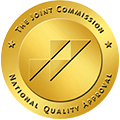March is Self-Harm Awareness Month, which makes it the ideal opportunity to explore this health issue and learn more about the risk factors that might make someone more vulnerable to deliberately injuring herself.
What Constitutes Self-Harm?
Self-harm is when someone purposely hurts herself. The most prevalent examples are cutting and burning, but people who self-harm might also punch themselves or objects, pull out their hair or leave puncture wounds.
In and of itself, self-harm doesn’t constitute a mental disorder. It is an unhealthy coping mechanism that helps people find temporary relief from powerful emotions. However, some people who hurt themselves do so because they are struggling with a mental health issue such as post-traumatic stress disorder.
It’s essential to note that people who self-harm are usually not suicidal, but they may be at a higher risk of attempting suicide if they don’t get help.
Why Do People Self-Harm?
It can be difficult to understand why a person might deliberately hurt herself. Sometimes, people dealing with inner turmoil may think they deserve to feel physical pain to mirror their emotional pain. Self-harm can also constitute a form of control for those who are powerless in challenging circumstances.
Self-injury can be a release for those who struggle with anger, loneliness or self-worth issues. The behavior might also become habit-forming for those who find it brings them temporary relief from their anguish. However, self-harm could turn into a self-sustaining cycle if it brings about overwhelming guilt that leads women to believe they’ve earned more pain.
Risk Factors for Self-Harm
People of all ages and gender identities might become desperate enough to self-injure, but statistics indicate most Americans who self-harm are women.
Self-harm is more likely to become a misguided coping mechanism in people who:
- Experienced childhood trauma or abuse
- Regularly misuse drugs or alcohol
- Struggle with mental health issues like depression or eating disorders
- Have low self-esteem
- Are uncertain about their sexual orientation or gender identity
Self-injury and addiction often go hand in hand. Women who turn to drugs and alcohol as an outlet for sweeping complex emotions under the rug may turn to self-harm for the same reasons. As substance abuse worsens, self-harm could follow suit.
The loss of self-control and inhibitions that comes with being intoxicated also result in higher rates of self-harm. While under the influence, a woman might hurt herself more than she intended to.
Finding Help for Self-Harm and Substance Abuse
Women who struggle with self-injury and a co-occurring addiction should seek simultaneous treatment for both issues. Addressing them together in an environment that’s conducive to recovery can identify the underlying causes of these health problems while therapy teaches you new problem-solving skills. You’ll also enjoy improved self-esteem in supportive surroundings that meet you where you are.
At Canyon Crossing, we believe all our clients deserve grace and compassion in recovery from addiction and other challenges that disproportionately impact women. Please reach out today to learn more about accredited addiction recovery in Prescott, Arizona.



